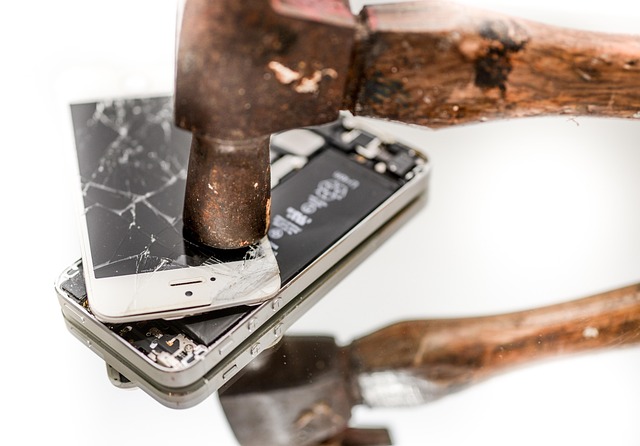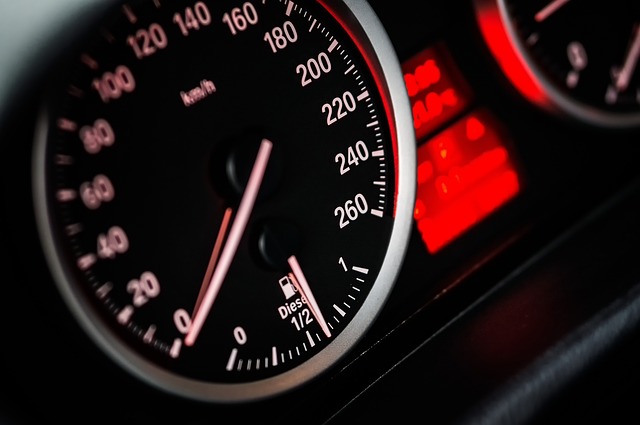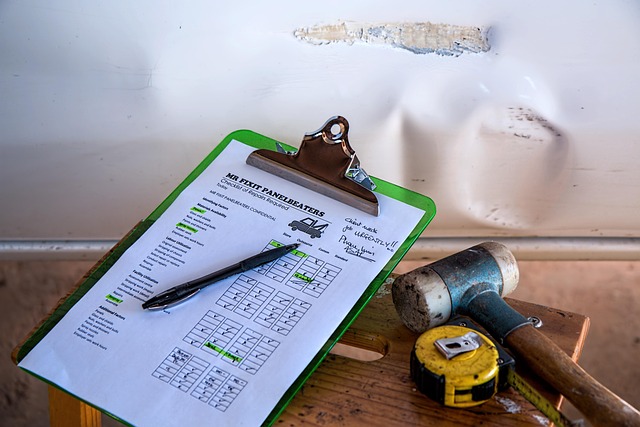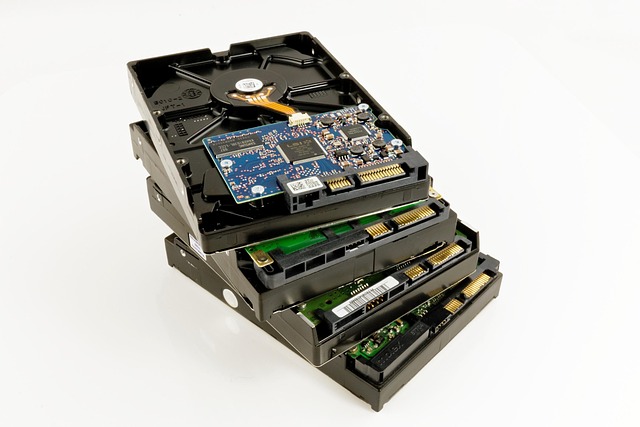The auto repair industry has witnessed a significant evolution in estimating tools, transitioning from manual to digital solutions. Modern software applications integrate algorithms, real-time data, and vehicle specs to provide accurate, instant quotes, enhancing customer satisfaction and shop efficiency. These tools automate the estimating process, reduce human error, and save time for various repairs, from minor scratches to complex bodywork. While initial challenges include investment and training, the benefits of faster turnaround times, better data management, and reduced administrative burdens make digital auto repair estimating a valuable asset for modern car repair services. Data security remains a critical consideration.
The evolution of auto repair estimating tools has transformed the way mechanics and shops manage claims and costs. Traditionally relying on manual, time-consuming methods, the industry has embraced digital solutions, specifically software-based estimation systems. This shift brings efficiency gains, accurate real-time data, and improved decision-making for auto repair businesses.
This article explores the digital revolution in auto repair estimating, delving into its historical context, key features of modern software tools, and the benefits and challenges of implementation.
- Evolution of Auto Repair Estimating Tools: From Manual to Digital
- Key Features of Modern Software-Based Estimation Systems
- Benefits and Challenges in Implementing Software for Auto Repair Estimating
Evolution of Auto Repair Estimating Tools: From Manual to Digital

The evolution of auto repair estimating tools has been a remarkable journey from manual, time-consuming processes to efficient, digital solutions that streamline operations in modern auto repair shops. Historically, estimators relied on thick manuals and generic charts to calculate parts and labor costs, often leading to imprecise estimates and delays. This traditional approach was not only cumbersome but also prone to human error.
The advent of digital technology has completely transformed the landscape. Today, auto repair estimating tools are sophisticated software applications designed to enhance accuracy, speed up processes, and offer a level of customization previously unimaginable. These digital platforms integrate complex algorithms, real-time pricing data, and access to detailed vehicle specifications, enabling estimators at both local garages and specialized Mercedes-Benz repair centers to deliver precise, competitive quotes almost instantly. This evolution has not only improved customer satisfaction in car restoration services but also empowered auto repair shops to manage their resources more efficiently.
Key Features of Modern Software-Based Estimation Systems
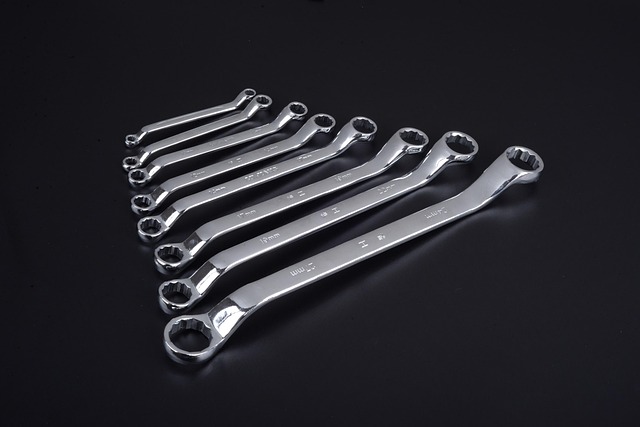
Modern software-based estimation systems have transformed the way auto repair shops operate, offering a host of features that streamline and optimize the estimating process. These tools are designed to be user-friendly, providing an intuitive interface where technicians can quickly input data related to the vehicle’s damage, required parts, labor costs, and more. One of the key advantages is their ability to automate many calculations, reducing human error and saving valuable time. With just a few clicks, these systems generate detailed estimates, ensuring accuracy and consistency in pricing.
Furthermore, these estimation software solutions often include features tailored for auto bodywork services, such as specialized modules for car body restoration. They can account for different types of damage, from minor dents to extensive panel repairs, and provide realistic cost projections. By embracing this technology, auto repair shops can enhance their efficiency, improve customer satisfaction with transparent pricing, and compete effectively in a market where modern car bodywork services are in high demand.
Benefits and Challenges in Implementing Software for Auto Repair Estimating

The implementation of software for auto repair estimating has revolutionized the way car repair services are priced and managed. One of the primary benefits is increased efficiency; traditional manual estimation methods were time-consuming, prone to human error, and often inconsistent. With specialized software, technicians can quickly input vehicle details, identify damage, and generate accurate estimates in minutes. This streamlines the process, reducing administrative burdens on repair shops and allowing them to serve more customers efficiently.
However, challenges remain. Software integration requires an initial investment, which may be a significant barrier for smaller garages. Additionally, training staff to use new systems can be time-consuming and disrupt existing workflows. Data security and privacy are also critical considerations, especially as sensitive customer information is involved. Nevertheless, the advantages of software in auto repair estimating—such as improved accuracy, faster turnaround times, and better data management—make it an increasingly indispensable tool for modern car repair services, even for minor repairs like car scratch repair or dent removal.
The evolution of auto repair estimating tools from manual processes to digital software has significantly transformed the automotive industry. Modern estimation systems offer efficient, accurate, and comprehensive solutions, streamlining workflows and enhancing productivity. By leveraging advanced features like integrated databases, computer-aided design, and AI-powered analytics, these tools provide precise cost calculations and improve overall profitability for auto repair shops. However, successful implementation requires addressing challenges such as initial investment, staff training, and data security concerns. Embracing these digital solutions is a strategic step towards staying competitive in the dynamic automotive market, ensuring efficient auto repair estimating practices.


